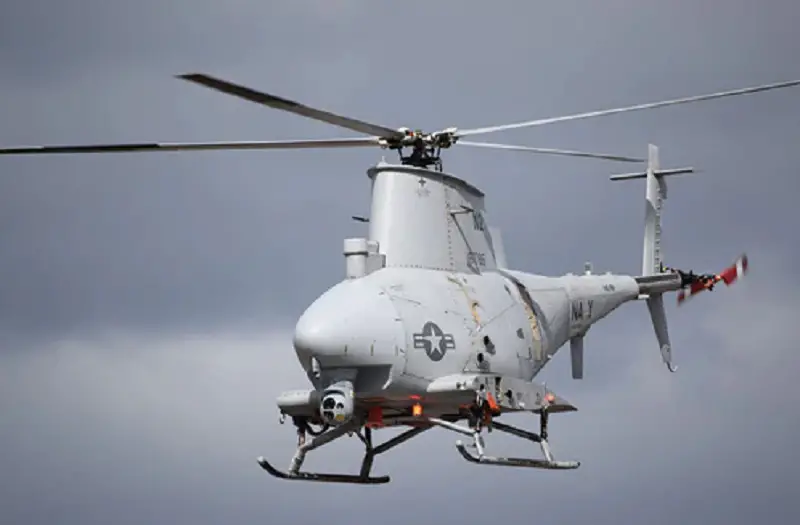Arete Associates, Northridge, California, is awarded a $17,976,258 firm-fixed-price modification to exercise Option Three of previously awarded contract N61331-18-D-0012 to provide Coastal Battlefield Reconnaissance and Analysis Block I systems. This option is for additional Coastal Battlefield Reconnaissance and Analysis (COBRA) Block 1 production systems. Work will be performed in Tucson, Arizona (35%); Destin, Florida (35%); and Santa Rosa, California (30%), and is expected to be completed by September 2021. No funding will be obligated at time of award and will be obligated at the time a delivery order is issued. The U.S.Naval Surface Warfare Center, Panama City Division, Panama City, Florida, is the contracting activity.
The mission of the AN/DVS-1 Coastal Battlefield Reconnaissance and Analysis (COBRA) system is to conduct unmanned aerial tactical reconnaissance in the littoral battlespace for detection and localization of minefields and obstacles in the surf zone and beach zone prior to an amphibious assault. The COBRA airborne payload will be carried on the MQ-8 Fire Scout unmanned air system. This allows operators and other personnel to remain at a safe distance from the mine and obstacle belts and enemy direct and indirect fire. COBRA will be embarked in the Littoral Combat Ship as part of the Mine Countermeasures Mission Package or on other aviation-capable platforms, or may be shore-based as required to support fleet operations. COBRA began as a Marine Corps advanced technology program in the 1990s and transitioned to an acquisition program.

A multispectral image contains data within specific wavelength ranges to extract information the human eye fails to capture with its receptors for red, green and blue. It measures light in 3 to 15 spectral bands to help detect otherwise-invisible mines. The AN/DVS-1 COBRA passive multispectral sensor system is for unmanned helicopters to perform daytime surface-laid mine line and obstacle detection in the beach zone, and has off-board processing, Arete experts say. The COBRA payload includes stabilized step stare digital gimbal, high-resolution multispectral imaging digital camera with spinning six-color filter wheel, and a processing unit. The gimbal is about 19 inches long and 11 inches in diameter, and collects six different color-band images across a large area using a step-stare pattern.
The COBRA program uses incremental development to meet the overall assault mine and obstacle reconnaissance requirements. Three initial increments (blocks) of development are planned with each introducing new or enhanced capabilities. COBRA Blocks II and III are in Concept Refinement and Technology Development. The COBRA Block I system is comprised of two airborne payloads, the post mission analysis station and the Tactical Control System segment for the MQ-8B Fire Scout mission control system. The mission control system, utilizing the Tactical Control System software, is used to plan the flight tracks required for the COBRA mission, monitor the mission and reprogram the flight path, if necessary.















